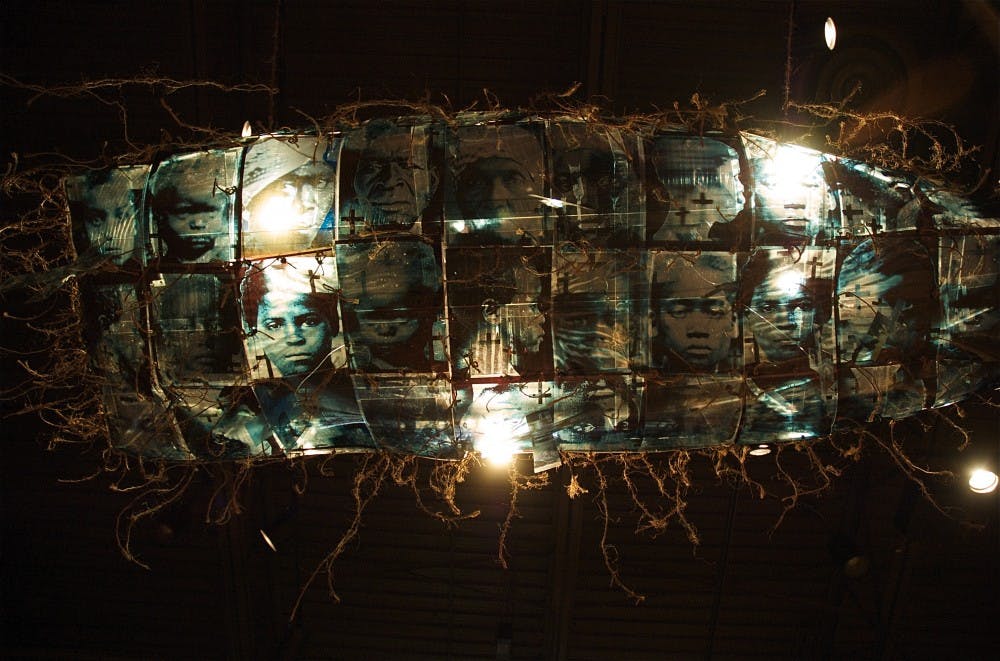The Sonja Haynes Stone Center for Black Culture and History’s new exhibition, “Aswarm With the Spirits of All Ages Here: Inconceivable Spaces of Slavery and Freedom,” opens Jan. 25 at 7 p.m.
The multi-media presentation by Toni Scott calls visitors to reexamine the stories of enslaved peoples to better understand and comprehend the history of African American presence in America.
“This exhibition is about bringing (past stories) forward and making (them) relevant, saying these stories are not long ago and people are still suffering,” Scott said. “It may not be the slavery that we know, but there are people that are enslaved in other ways. Through DNA, through trauma, through racism, through oppression, and globally it’s still an epidemic.”
The exhibition allows visitors to step inside what life may have been like for slaves by way of interactive art pieces and slave narratives from the Library of Congress.
“We want them to encourage our visitors to examine and reexamine the human cost of American slavery,” said Stephanie Cobert, project coordinator for the Stone Center. “This exhibition helps to do that by forming an emotional connection through art.”
The title of the exhibition, “Aswarm With the Spirits of All Ages Here,” comes from a memoir authored by UNC professor Bland Simpson. The memoir is focused on the Great Dismal Swamp, an area of land located on the North Carolina and Virginia boarder. The swamp was home to runaway slaves fleeing by way of the underground railway.
“There are key words in the title of it that immediately spoke to me,” Scott said. “The words, 'Spirits of all ages here formed' — we’re still in the midst and the essence of our ancestors and ancestry doesn’t die. Every breath that we breathe is infused by someone who preceded us. These spirits do not go away.”
Scott’s ability to capture the lives and the struggles of the enslaved allows for visitors to reexamine and ponder the past.
“Relative to this particular artist’s exhibit, the runaway slaves — they don’t live anymore. Nobody from the 19th century does,” Simpson said. “But with imagination one can conjure them up and imagination is fed by information.”



